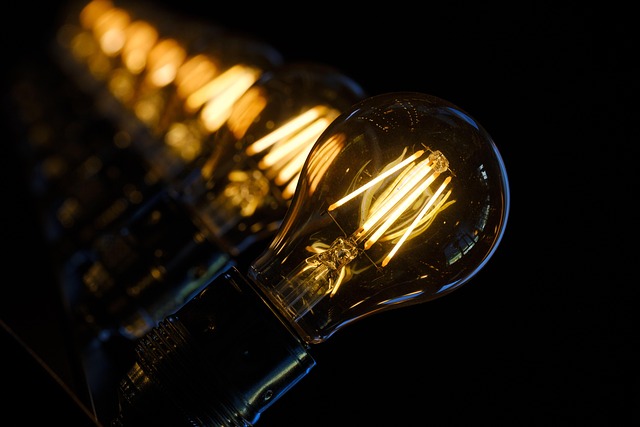Mastering Butterfly Lighting: A Complete Guide for Photographers
When it comes to portrait photography, mastering butterfly lighting can significantly elevate your work. This classic lighting technique is characterized by its flattering light pattern and shadow play that defines facial features beautifully. Often associated with glamorous portraits and Hollywood starlets, butterfly lighting can evoke a sense of elegance and sophistication in any image.
Understanding Butterfly Lighting
Before you dive into the setup, it’s essential to understand what butterfly lighting is. Named after the shape of the shadow it creates beneath the nose, this lighting technique involves positioning your light source high and directly in front of your subject. The light casts a small shadow that resembles a butterfly, giving your subject a distinct and polished look.
Setting Up for Butterfly Lighting
To achieve the best results, follow these steps:
- Position Your Light: Place your light source approximately 45 degrees above your subject and directly in front. A softbox or beauty dish works wonders for diffusion and even lighting.
- Adjust the Distance: The distance between the light and the subject will impact the intensity of the shadows. Experiment with this to ensure a soft, flattering transition rather than harsh contrasts.
- Control Ambient Light: Use curtains or reflectors to minimize the influence of surrounding light sources. This control helps maintain the integrity of your butterfly effect.
- Choose Your Background Wisely: A seamless background that doesn’t detract from your subject will enhance the overall impact of the portrait.
Tips for Perfecting Butterfly Lighting
Now that you have the basics down, consider these tips to refine your technique:
- Experiment with Angles: Subtle adjustments can change the dynamics of your lighting. A slight tilt of the light can transform the mood of your portrait.
- Utilize Reflectors: If the shadows are too deep, introduce a reflector to bounce some light back onto the subject’s face, softening the shadow without losing the signature look.
- Pay Attention to Your Subject: Understand how different facial features react to the light. Some subjects may have pronounced features that interplay impressively with butterfly lighting.
- Practice Make Perfect: Like any technique, practice is crucial. Spend time working with different subjects, styles, and settings to develop your unique approach.
Common Mistakes to Avoid
Even seasoned photographers can overlook minor details. Here are a few pitfalls to be mindful of:
- Neglecting to Adjust for Skin Tones: Different skin tones will reflect light differently. Adjust your intensity and distance based on your subject’s complexion.
- Lighting Too High or Low: Finding the right height for your light source is crucial. Too high can create unflattering shadows, while too low can diminish the butterfly effect.
- Rushing the Setup: Take the time to experiment with your configuration. The beauty of butterfly lighting lies in its subtlety, and a rushed setup can lead to disappointing results.
Incorporating Butterfly Lighting into Your Style
Butterfly lighting can serve as a signature style in your portrait photography. By understanding and mastering this technique, you set yourself apart in a competitive field. As you gain confidence, consider blending it with other lighting styles to create unique effects that speak to your artistic vision.
Whether you’re a beginner or a seasoned professional, mastering butterfly lighting is a rewarding pursuit that promises to enhance your portfolio and impress your clients. Embrace the challenge and let this iconic lighting technique take your portraits to new heights!




